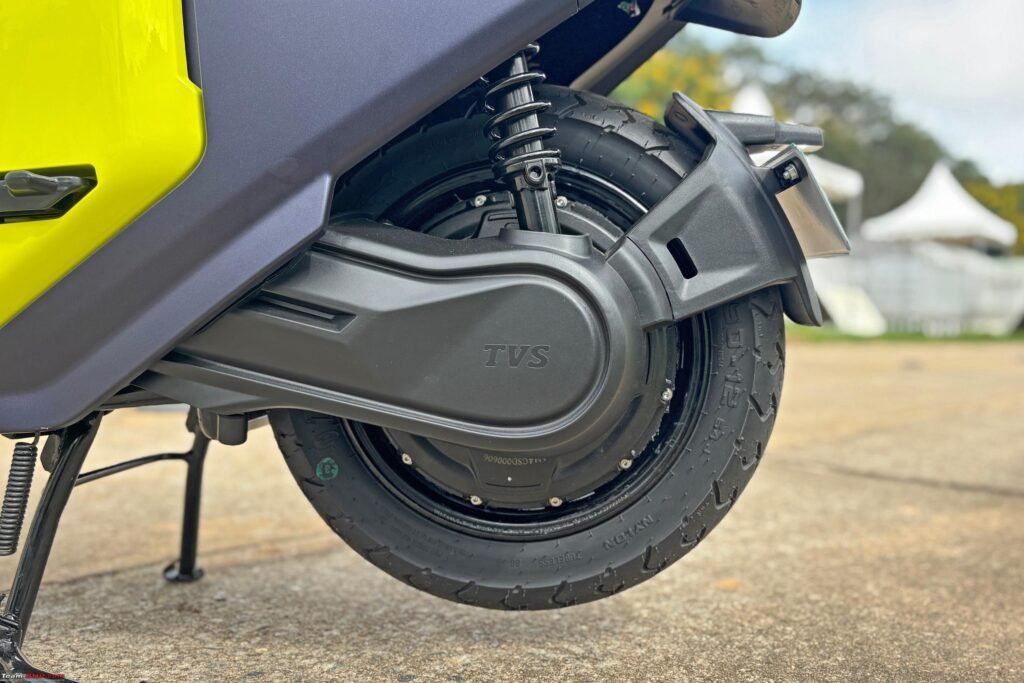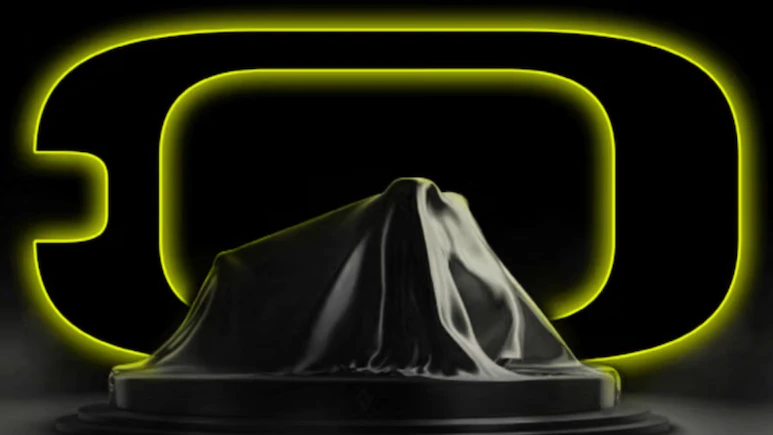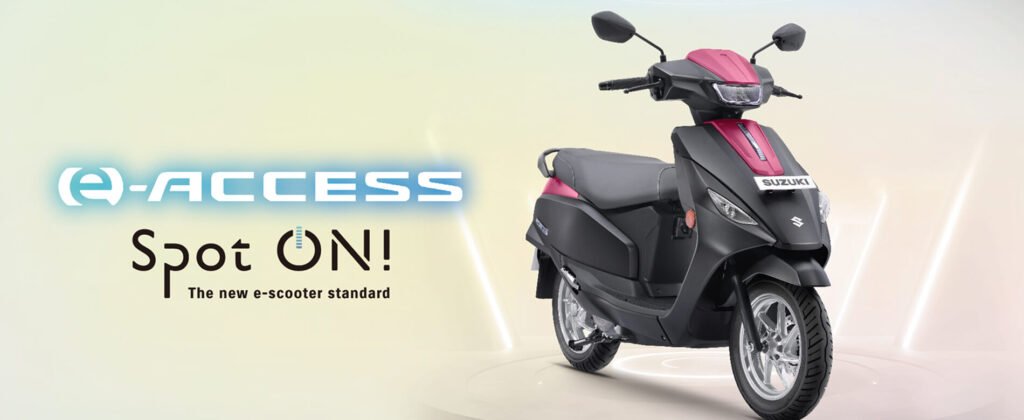The TVS Orbiter, launched in September 2025 as TVS Motor Company’s entry-level electric scooter, has been positioned as a youthful, urban commuter with funky styling, a claimed 158km IDC range, and a starting price of ₹99,900 (ex-showroom, Bengaluru).
Aimed at Gen Z riders—those born between 1997 and 2012 who prioritize sustainability, tech-savvy features, and thrilling experiences—the Orbiter boasts a minimalist boxy design, a 34-litre underseat storage, and connectivity via a 5.5-inch color LCD display.
However, at its core lies a 2.5kW BLDC hub-mounted rear motor paired with a 3.1kWh IP67-rated battery, delivering 3.2 bhp and a top speed of 68km/h.
While hub motors offer simplicity and cost savings, their inherent limitations could alienate the performance-hungry, social-media-savvy Gen Z demographic. Here’s why this motor choice might not resonate with the Instagram generation.
Hub-mounted motors, integrated directly into the wheel hub, eliminate the need for chains or belts, making them low-maintenance and efficient for city runs.
In the Orbiter, this setup provides smooth, predictable throttle response and an “eerily silent” ride, ideal for frugal commuting with running costs as low as 25-30 paise per km.
TVS claims 0-40km/h in 6.8 seconds, which feels nimble in traffic but lacks the punch for spirited acceleration.
For budget-conscious buyers, this is a win—cheaper than mid-drive alternatives and easier to service. But Gen Z, who make up over 40% of India’s urban two-wheeler market and favor EVs for their eco-credentials and instant torque, crave more than utility.
They want scooters that double as status symbols, with features like app integration, customizable modes, and Insta-worthy acceleration clips.
Reason 1: Underwhelming Performance and Acceleration
Gen Z riders, influenced by global trends like high-speed EVs from Ola and Ather, expect quick bursts of speed for weaving through traffic or short joyrides.
The Orbiter’s hub motor, while efficient, caps out at 68km/h and feels “underwhelming” in outright performance, as noted in early ride tests on TVS’s Hosur track.
Geared hub motors (a subset) offer strong low-end torque, but the Orbiter’s gearless BLDC design prioritizes cruising over sprints, leading to slower 0-40km/h times compared to rivals like the Ola S1X (under 5 seconds).
This predictability suits boomers or families but bores thrill-seekers. In a segment where Ather 450X’s mid-drive PMSM hits 100km/h, the Orbiter’s hub setup—cruise control limited to 40-60km/h in Eco/City modes—feels restrained, potentially missing viral “drag race” moments on social media.
Reason 2: Compromised Handling and Ride Quality on Indian Roads
Hub motors add significant unsprung weight (up to 4-5 times that of a standard wheel), which isn’t cushioned by suspension, leading to harsher rides over potholes and speed breakers—ubiquitous on Indian streets.
The Orbiter’s 14-inch front wheel and 112kg kerb weight make it light and flickable, but reviewers note reduced agility due to this mass imbalance.
Gen Z, who value seamless urban navigation and off-road escapades (think weekend getaways), prefer mid-drive systems for better weight distribution and torque vectoring on inclines.
The Orbiter’s drum brakes and CBS handle city speeds well, but the hub’s dynamic load affects stability, especially under heavy loads— a turn-off for riders carrying laptops or shopping bags.
In contrast, mid-drive scooters like the TVS iQube (4.4kW PMSM) offer superior handling, appealing to the adventure-seeking youth.
Reason 3: Limited Tech and Customization Appeal
While the Orbiter packs cruise control, hill hold, and Bluetooth connectivity, its hub motor restricts advanced features like regenerative braking efficiency or multiple power modes seen in mid-drive rivals.
Gen Z demands hyper-connected rides: Ola’s Hyper Mode (120km/h top speed) and Ather’s DIY customization let users tweak performance for social bragging rights.
The Orbiter’s two modes (Eco/City) feel basic, and its silent operation—while eco-friendly—lacks the “whine” of mid-drives that adds auditory excitement.
For a generation glued to apps, the absence of seamless OTA updates for motor tuning or gamified riding stats could make it seem outdated.
| Aspect | Hub Motor (TVS Orbiter) | Mid-Drive (e.g., Ather 450X) | Why Gen Z Prefers Mid-Drive |
|---|---|---|---|
| Acceleration | Smooth but slow (0-40km/h: 6.8s) | Punchy (under 5s) | Quick bursts for fun, social content |
| Handling | Harsher on bumps due to unsprung weight | Balanced, better on rough roads | Urban agility + weekend vibes |
| Top Speed | 68km/h | 90-100km/h | Feels premium, versatile |
| Maintenance | Low, but harder wheel swaps | Higher, but tunable | Tech-savvy users okay with tweaks |
| Range Impact | Efficient cruising (90-115km real-world) | Gear-dependent, but regenerative boost | Sustainability with excitement |
Reason 4: Reliability Concerns in Harsh Conditions
Hub motors are prone to overheating under prolonged loads (e.g., hills or traffic jams), a common Gen Z commute scenario in cities like Bengaluru or Mumbai.
Exposed to dust, water, and vibrations, they face higher failure risks despite IP67 rating, with repair costs spiking if the wheel assembly needs replacement.
Mid-drives, centrally mounted, are more protected and scalable.
Gen Z, eco-conscious yet pragmatic, wants hassle-free ownership. Early reviews praise the Orbiter’s build but flag potential long-term durability issues, clashing with the “set-it-and-forget-it” vibe of premium EVs.
India’s Gen Z EV preferences lean toward feature-rich, high-performance scooters: Ola S1 Pro’s 120km/h speed, Ather’s app ecosystem, and Bajaj Chetak’s retro-tech fusion dominate searches and sales.
They seek 200+km ranges, fast charging (under 4 hours), and vibrant colors for self-expression.
The Orbiter’s hub motor delivers on affordability and eco-friendliness but skimps on the “wow” factor, potentially relegating it to family buyers over influencers.



